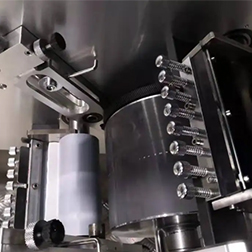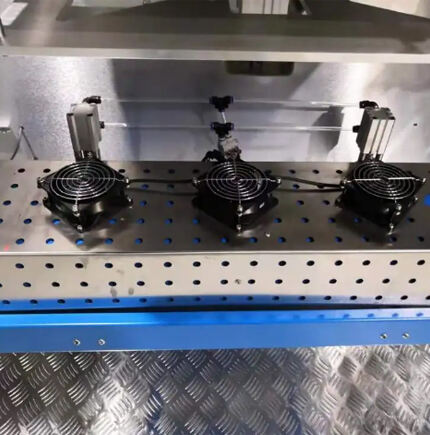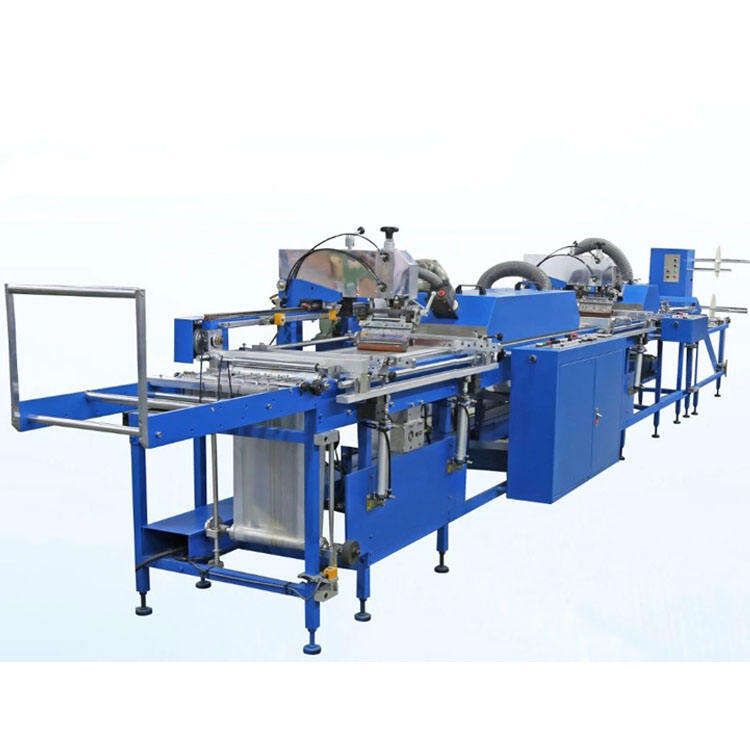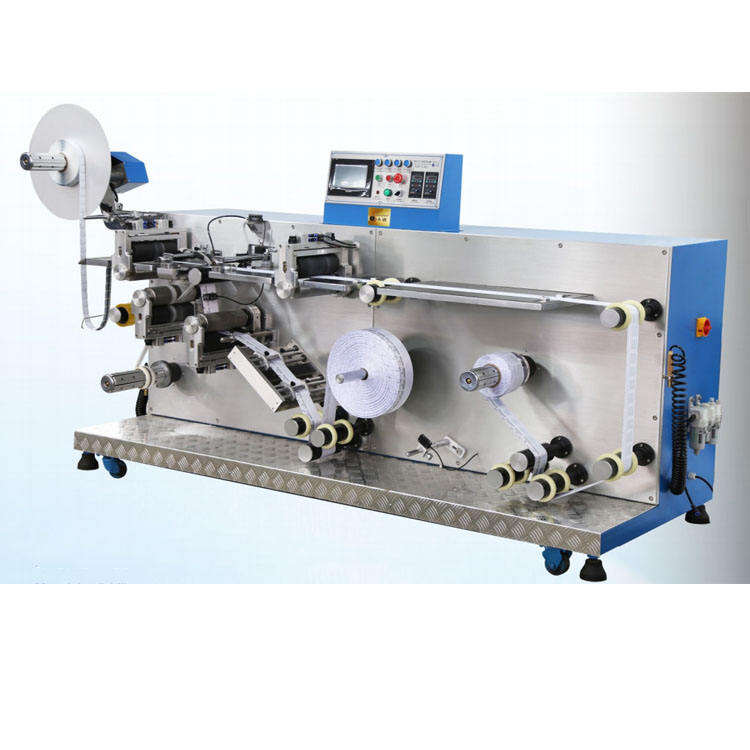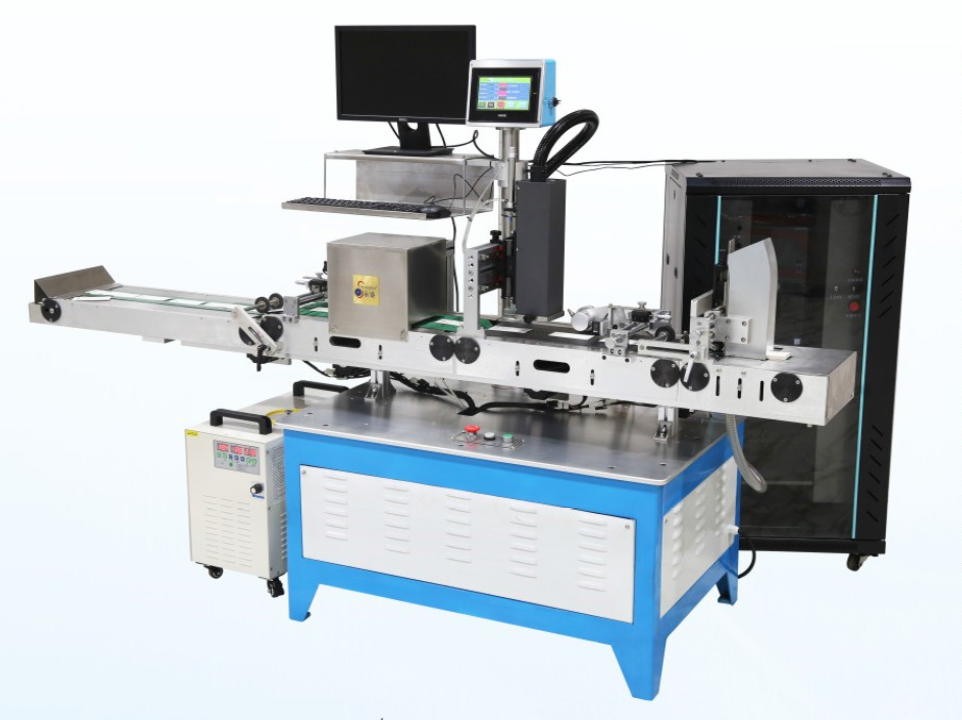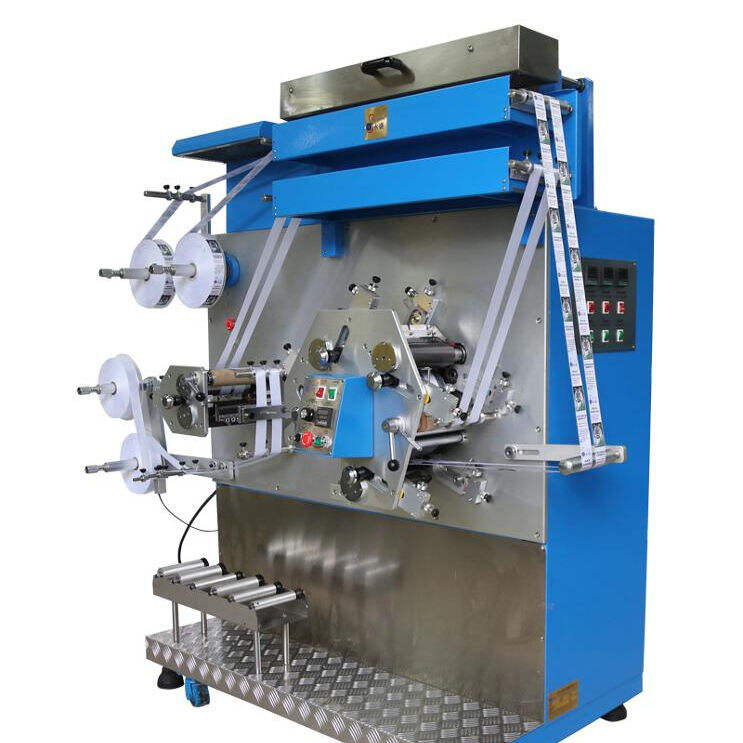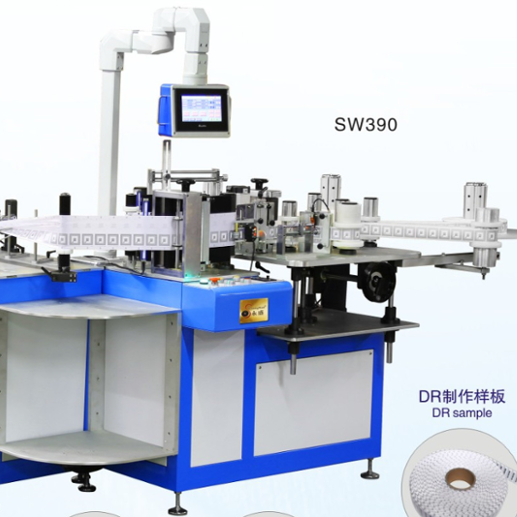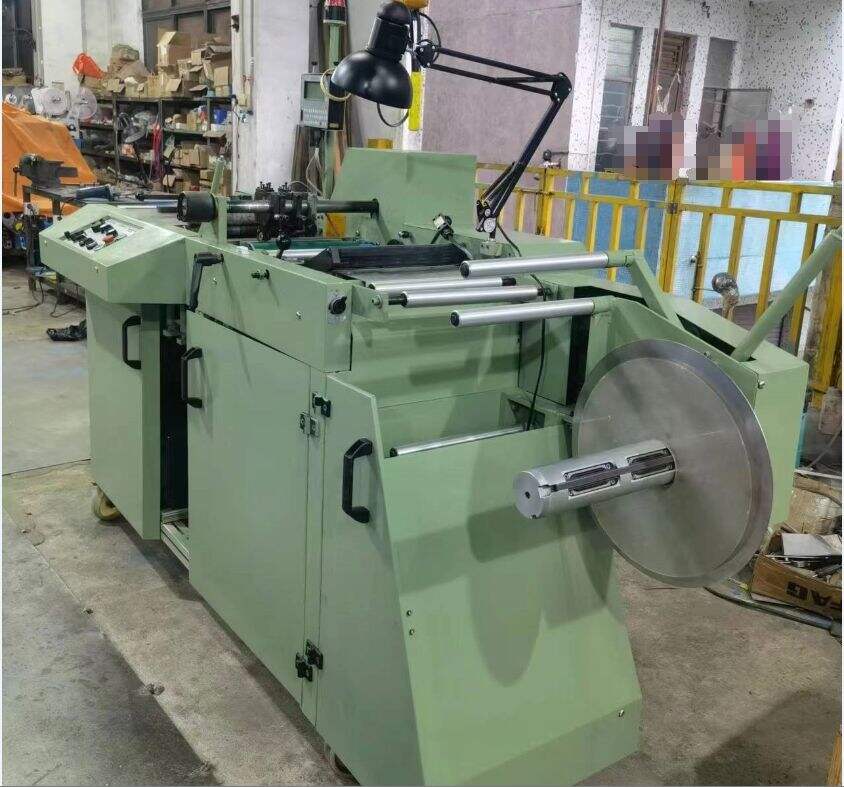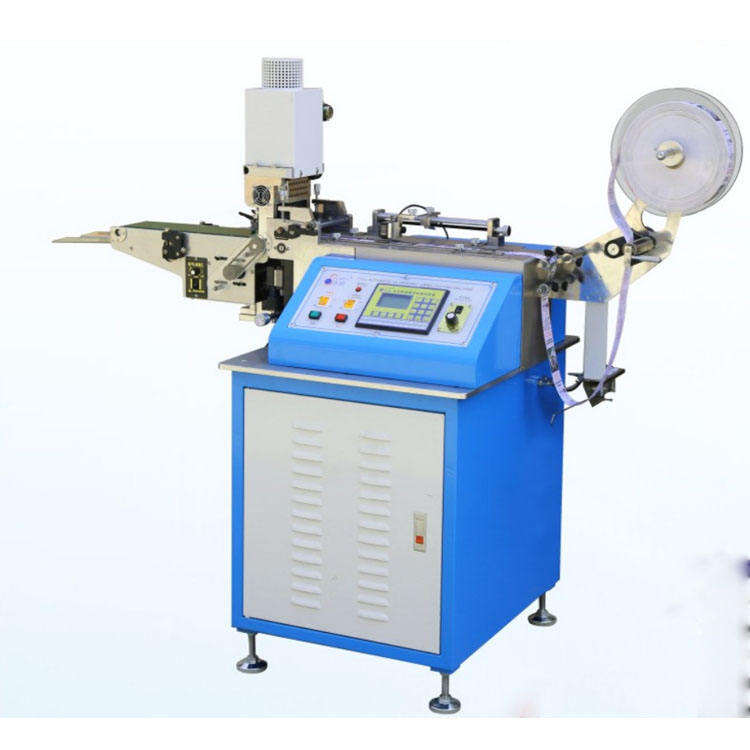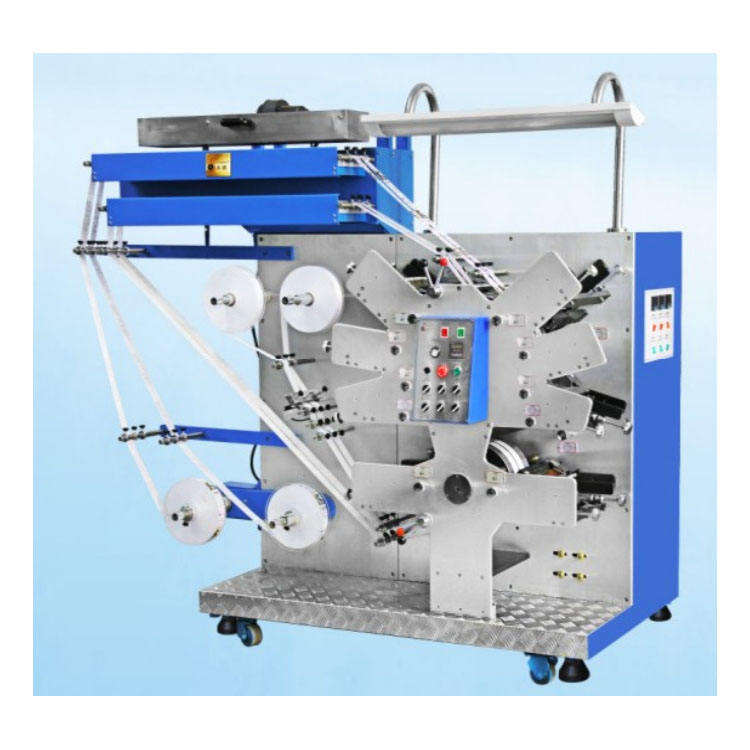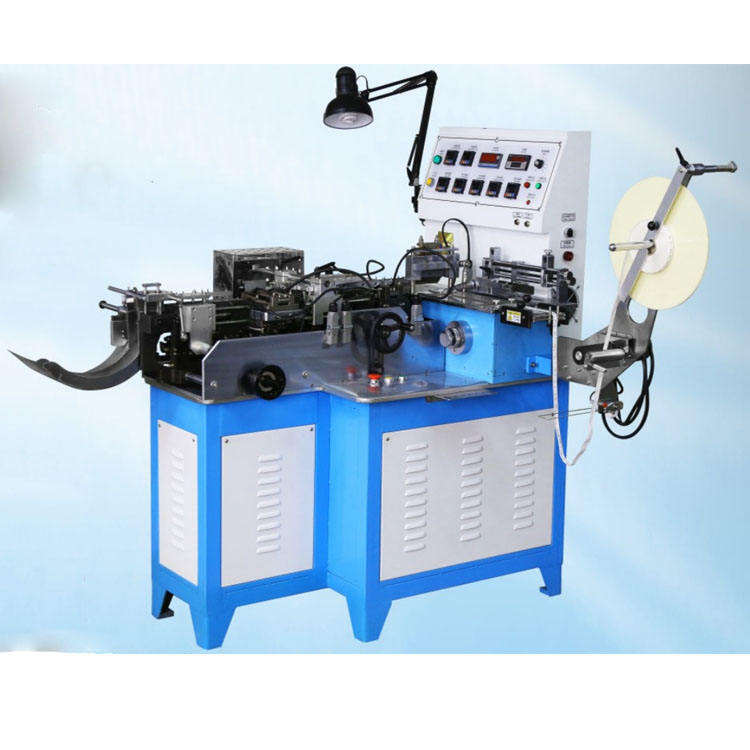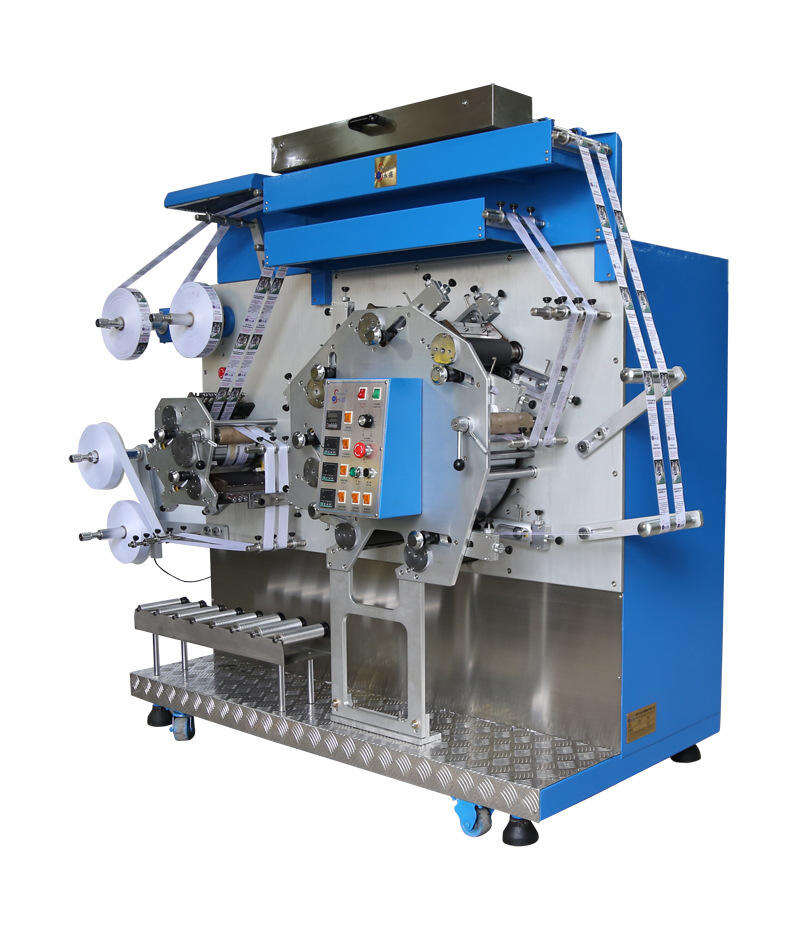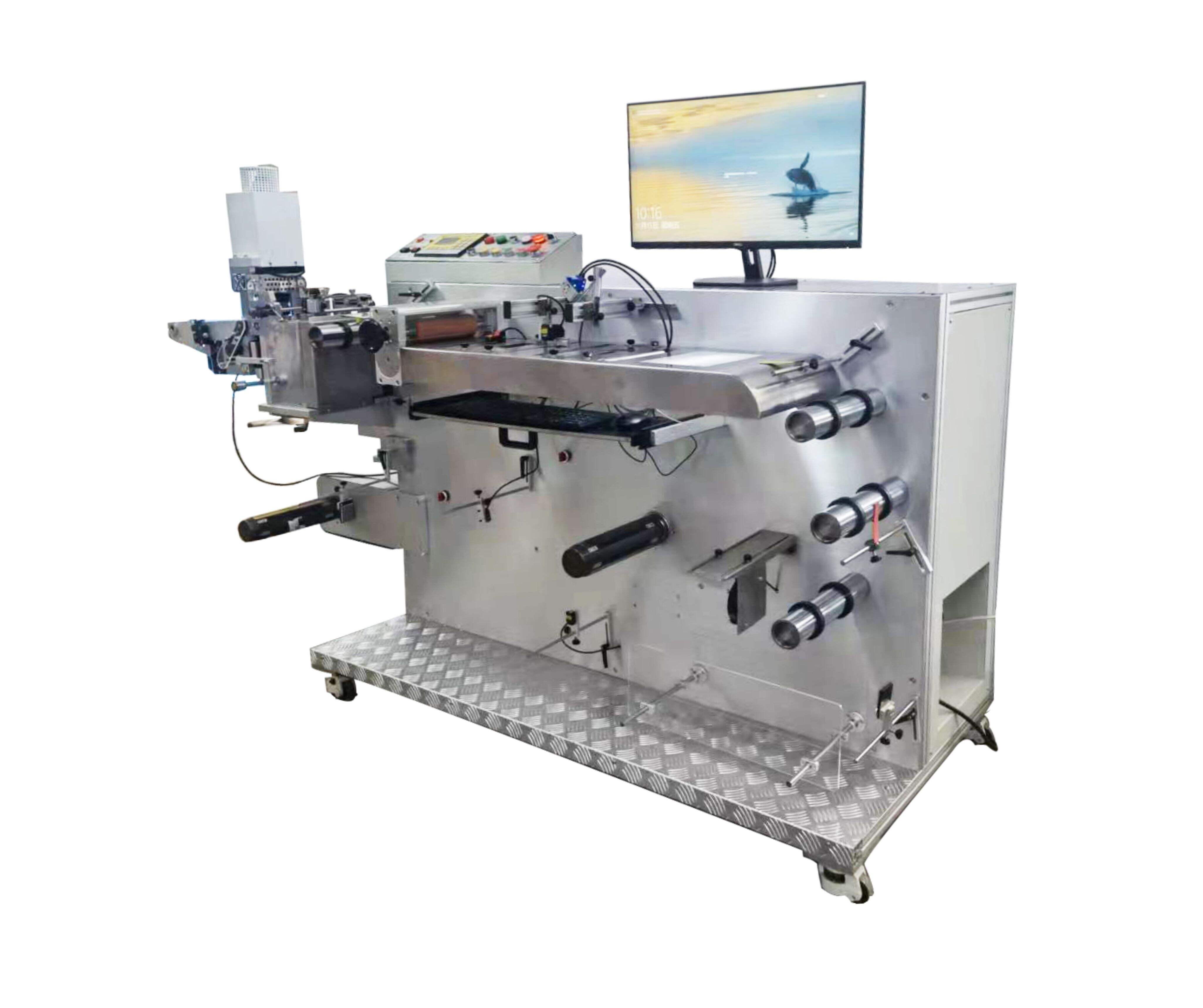Fabric Label Printing Machine: Optimizing Performance for Textile Industry Needs
Key Features of High-Performance Fabric Label Printing Machines
Precision Registration & Multi-Color Capabilities
High-performance fabric label printing machines stand out due to their precision registration technology, which is crucial for maintaining accurate alignment across multiple printing stations. This technology is especially beneficial for multi-color designs, minimizing misregistration errors that frequently cause wasted materials and increased production costs. This capability is paramount in the textile industry, where precision is non-negotiable. These machines also boast multi-color printing capabilities, which are vital for creating intricate designs and ensuring brand consistency. Advanced color management systems embedded in these machines ensure that colors remain vibrant and consistent, adhering to the high-quality standards expected in the industry.
Material Versatility: From Nylon to Elastic
One of the distinguishing features of high-performance label printing machines is their ability to work with a wide variety of materials. From nylon to polyester and elastic, these machines are tailored to cater to diverse applications and customer needs. This material versatility significantly expands the scope of applications for label manufacturers, making them adaptable to changing market demands. The smooth transition between these different substrates enhances productivity, as it minimizes the downtime typically associated with changeovers in production runs. This adaptability ensures a seamless workflow, thereby increasing the overall efficiency of the production process.
Integration with Ultrasonic Cutting Technology
Many modern fabric label printing machines now integrate ultrasonic cutting technology, which significantly enhances precision and operational efficiency. This integration ensures clean cuts without fraying, which is essential in maintaining the integrity of each label produced. Moreover, ultrasonic cutting systems eliminate the need for traditional cutting dies. This not only reduces operational costs but also allows for quicker changeovers between different label designs. As operational efficiency becomes an ever-important aspect of manufacturing, advancements like these provide manufacturers with a competitive edge by streamlining production processes and ensuring superior quality in output.
Technological Innovations in Textile Label Production
Automated Run Registration Systems
Automated run registration systems are revolutionizing textile label production by enhancing precision and efficiency. These systems enable machines to self-adjust throughout prolonged production runs, significantly reducing setup times and error rates. The incorporation of sensors and sophisticated software minimizes human intervention, leading to enhanced operational efficiency. By consistently maintaining accurate registration, these systems help optimize workflow and reduce waste, making them indispensable in modern textile manufacturing.
Screen vs. Flexo vs. Thermal Transfer Printing
Understanding the strengths of different printing techniques is crucial for manufacturers. Screen printing offers versatility in design and substrate compatibility, making it suitable for intricate and multi-colored designs. Flexographic printing, or flexo printing, is ideal for large production runs as it combines speed with high-quality outputs. Meanwhile, thermal transfer printing excels in producing sharp images across diverse materials. By having a comprehensive understanding of these technologies, manufacturers can make informed decisions tailored to their specific production needs and volumes.
Energy-Efficient Drying Solutions
Advancements in energy-efficient drying solutions ensure lower energy costs without compromising production speed. Technologies like infrared drying and air knife systems create optimal drying conditions while minimizing energy use. Utilizing these solutions not only boosts productivity but also aligns with sustainable manufacturing practices by reducing the carbon footprint of textile production processes. Implementing these advanced technologies enhances both economic and environmental performance in fabric label production.
Top Fabric Label Printing Machines for Industrial Applications
On Running Registration Flexo Narrow Garment Label Printer
The On Running Registration Flexo Narrow Garment Label Printer is a highly precise and speedy machine designed for the fast-paced demands of the textile industry. It excels at handling multi-color prints, making it an ideal choice for brands that require high-quality labels consistently. This flexographic printer's advanced features ensure the precision of printed labels, bolstering productivity without sacrificing performance. Additionally, its compact design minimizes the floor space required, offering a seamless integration into existing operations.
Taiho Brand Automatic Roll-To-Roll Screen Printer
The Taiho Brand Automatic Roll-To-Roll Screen Printer is renowned for its automation capabilities and efficiency in producing large quantities of labels. This machine integrates cutting-edge technology, allowing for high-quality screen printing with minimal need for manual intervention. Its level of precision and speed make it particularly suitable for manufacturers who demand consistent output and shorter lead times.
High-Quality Multi-Color Film Screen Printing System
The High-Quality Multi-Color Film Screen Printing System is an outstanding choice for producing vibrant and durable labels across various materials, including synthetic films. It employs advanced ink formulations that ensure lasting quality and resistance to wear. This system is particularly versatile, allowing manufacturers to create intricate designs suitable for a wide range of applications.
Optimizing Machine Performance: Maintenance & Workflow Tips
Preventative Maintenance Schedules
Implementing a robust preventative maintenance schedule is crucial for ensuring consistent machine performance and reducing potential downtimes. A structured schedule allows for regular checks on critical components, enabling the early detection of wear and tear before these issues escalate into major repairs. This foresight minimizes both downtime and repair costs, allowing for continuous production. Documenting maintenance schedules and outcomes is equally essential, as it not only provides a detailed history of the machine's health but also helps in identifying patterns that may indicate recurring problems. This proactive approach in maintaining and monitoring industrial machines contributes significantly to optimizing their overall performance.
Operator Training for Error Reduction
Thorough training of operators plays a significant role in minimizing errors during the fabric label printing process. A well-trained team is indispensable for understanding technical manuals, correctly operating sophisticated machinery, and troubleshooting minor issues efficiently. By investing in regular skill upgrades, businesses can ensure that their operators remain informed about the latest technologies and best practices, thereby reducing operational errors. This continuous learning culture not only enhances the operators' skills but also aligns with evolving industry standards, ensuring smooth and efficient production runs.
Quality Control Protocols for Consistent Output
Establishing quality control protocols at various stages of the production process ensures that every label produced meets predefined standards, thereby enhancing customer satisfaction. Regular inspections and sample testing are effective methods for catching discrepancies early in the production cycle, which mitigates the risks of large-scale errors. Emphasizing quality control not only maintains the high standards expected by clients but also improves operational efficiency, as consistent quality output generally results in decreased waste and rework. This systematic approach to quality assurance is integral to the success of industrial fabric label printing operations.
Cost-Benefit Analysis: Traditional vs Modern Label Printing
Reducing Material Waste Through Precision Systems
Modern label printing techniques, particularly those that utilize precision registration systems, drastically reduce material waste compared to traditional methods. This approach not only cuts production costs but also contributes to sustainability initiatives by minimizing excess material usage. Precision systems ensure exact measurements and leverage automated processes, helping companies avoid overproduction and reduce leftover materials. By aligning production with precise specifications, businesses can significantly lower their environmental footprint while optimizing operational efficiency.
Long-Term ROI of Automated Registration
Investing in automated registration systems is a strategic move that promises substantial long-term ROI. These systems enhance production speed and accuracy, allowing companies to improve throughput while reducing labor costs. Organizations that have embraced automation often report considerable savings due to streamlined operations and fewer human errors. A detailed analysis of operational expenses over time can clearly demonstrate the cost-effectiveness and potential savings achieved through automated registration technology. This investment not only boosts immediate productivity but sets the stage for sustained financial benefits.
Sustainable Advantages of Digital Integration
Digital integration in label printing offers noteworthy sustainable advantages by optimizing resource management and enabling on-demand printing capabilities. This flexibility reduces the need for extensive inventory storage, promoting a more sustainable approach to printing operations. Additionally, adopting digital processes can appeal to environmentally conscious consumers, enhancing brand reputation and potentially boosting market share. Digital systems offer the agility needed to meet varied customer demands while cutting down on waste, making them a smart choice for companies committed to sustainability.
Recommended Products
Hot News
-
Reflect On The Cultural Significance Of The Printing Press In Preserving And Disseminating Knowledge
2023-12-08
-
The Role Of The Printing Press In The Global Economy
2023-12-08
-
Environmental Impact: Analyzing The Environmental Footprint Of The Printing Industry
2023-12-08
-
The Frontier Of Printing: 3d Printing And Its Industrial Renaissance
2023-12-08
-
The Evolution And Impact Of The Printing Press
2023-12-08
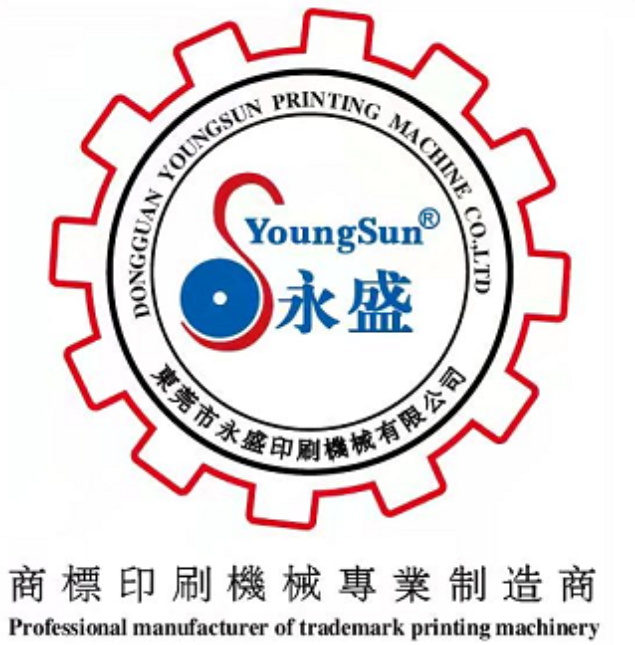
 EN
EN
 AR
AR
 CS
CS
 DA
DA
 NL
NL
 FI
FI
 FR
FR
 DE
DE
 EL
EL
 HI
HI
 IT
IT
 JA
JA
 KO
KO
 PL
PL
 PT
PT
 RO
RO
 RU
RU
 ES
ES
 SV
SV
 IW
IW
 ID
ID
 VI
VI
 SQ
SQ
 HU
HU
 MT
MT
 TH
TH
 TR
TR
 AF
AF
 GA
GA
 BN
BN
 BS
BS
 LO
LO
 LA
LA
 MI
MI
 MN
MN
 NE
NE
 MY
MY
 KK
KK
 UZ
UZ
 KY
KY
